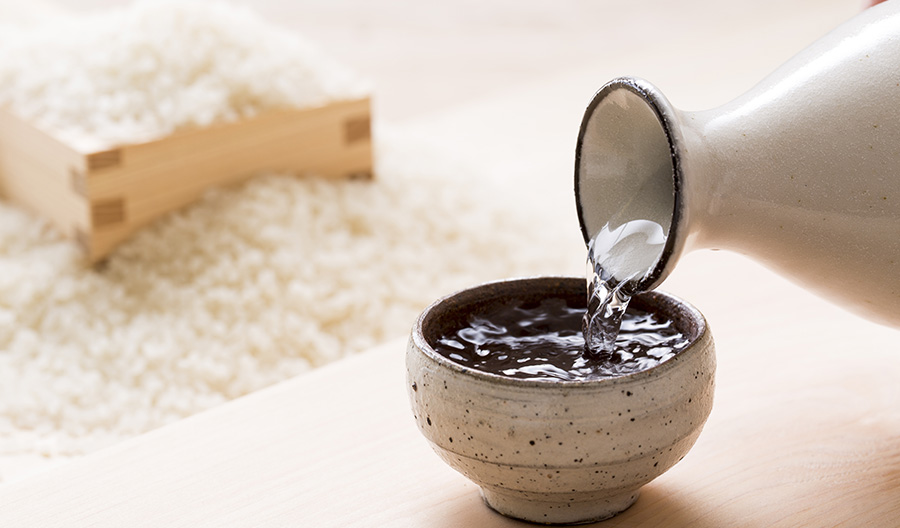The current state of saké production in the U.S. is experiencing a significant upswing. This is largely due to an increased interest in Japanese cuisine and culture, leading to a higher demand for saké, a traditional Japanese rice wine. As a result, more breweries are opening across the country, with a focus on crafting high-quality, artisanal saké.
American saké breweries are not just increasing in number but also in the diversity of their offerings. They are experimenting with different types of rice, yeast, and brewing methods, resulting in a wide range of flavors and styles. This innovation is helping to attract a broader audience and is contributing to the growth of the industry.
Despite the growth, the U.S. saké industry is still in its nascent stages compared to Japan, where the tradition of saké brewing dates back centuries. However, American producers are quickly gaining recognition for their quality products, with some even winning international awards.
Another interesting trend in the U.S. saké industry is the rise of locally sourced ingredients. Many American saké breweries are using locally grown rice and water, which not only contributes to the unique flavor profiles of their saké but also supports local agriculture.
Education and awareness about saké are also on the rise in the U.S. Many breweries offer tours and tasting sessions to educate consumers about the brewing process and the different types of saké. This is helping to demystify saké and increase its popularity among American consumers.
Overall, the U.S. saké industry is on a positive trajectory, with increasing production, innovation, and consumer interest. However, it's also facing challenges such as regulatory hurdles and a lack of skilled brewers. Despite these obstacles, the future of saké production in the U.S. looks promising.

What challenges does the U.S. saké industry face?
One of the primary challenges the U.S. saké industry faces is the lack of awareness and understanding of saké among the American public. Despite its growing popularity, many Americans are still unfamiliar with saké, its production process, and its unique qualities. This lack of knowledge can limit the market for saké producers.
Another significant challenge is the sourcing of quality ingredients. Saké production requires specific types of rice that are not commonly grown in the U.S. Importing these rice varieties can be costly and logistically complex while cultivating them domestically presents its own set of challenges.
Regulatory hurdles also pose a challenge. The alcohol industry in the U.S. is heavily regulated with a complex system of federal, state, and local laws. Navigating these regulations can be particularly difficult for saké producers, as many laws were not designed with sake in mind.
The U.S. saké industry faces stiff competition from imported sake. Japan, as the traditional home of saké, has a well-established and highly respected saké industry. Many American consumers perceive Japanese saké as superior, making it difficult for domestic producers to compete.
Lastly, the U.S. saké industry is relatively young and lacks the centuries of tradition and expertise that characterize the Japanese saké industry. This can make it difficult for U.S. producers to achieve the same level of quality and consistency in their products.

